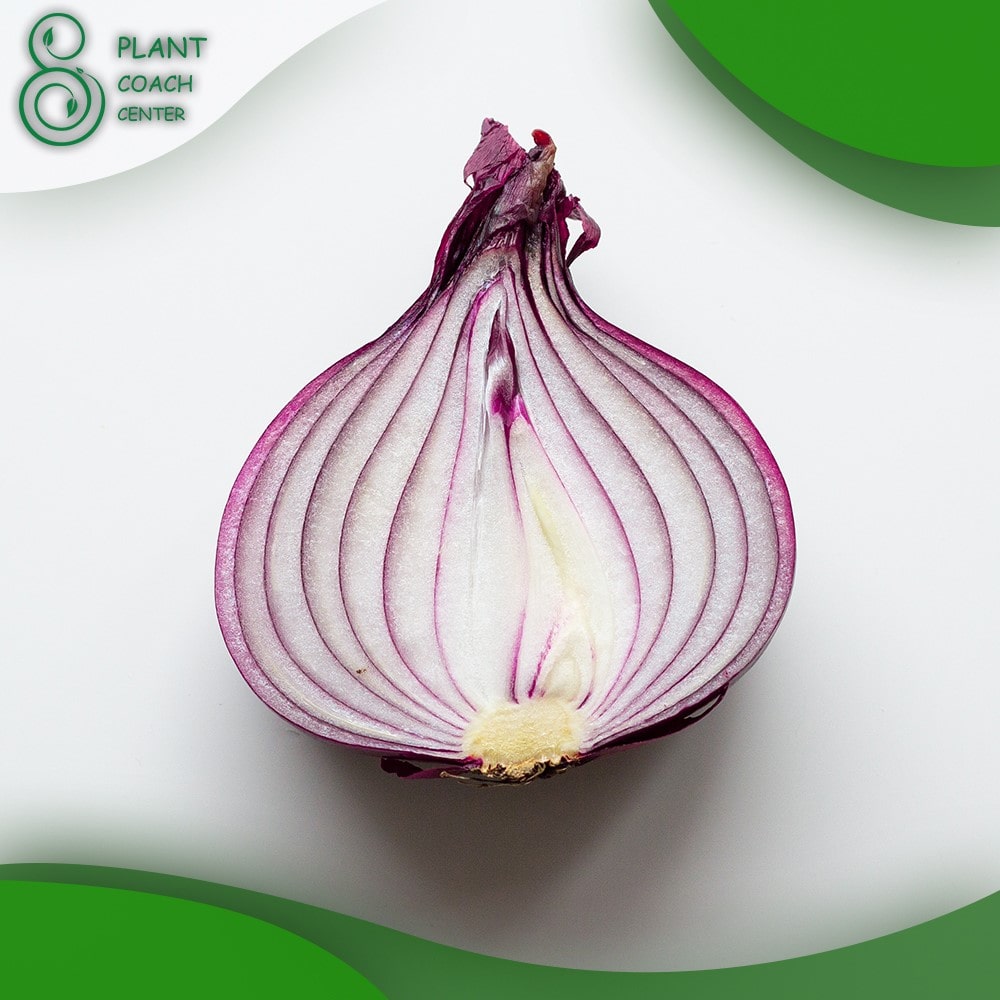When to Grow Onions?
Welcome to the world of alliums and earthy aromas—where the humble onion stands as a stalwart companion in the culinary journey. Whether you’re a seasoned gardener or a budding green thumb, understanding the optimal timing for onion cultivation can make all the difference in the flavors that grace your kitchen.
As the first tender shoots of spring break through the soil or the warmth of summer blankets the earth, the question lingers: When is the perfect time to embark on the onion-growing endeavor? In this verdant exploration, we peel back the layers of seasonal nuances, variety considerations, and environmental cues that govern the intricate dance of onion planting.
Join us as we uncover the secrets behind deciphering frost dates, fine-tuning soil conditions, and decoding the visual signals that nature provides. Whether you seek to master the art of cultivating colossal Spanish onions or relish the gentle pungency of scallions, this guide will equip you with the wisdom to ensure a bountiful and flavorful harvest.
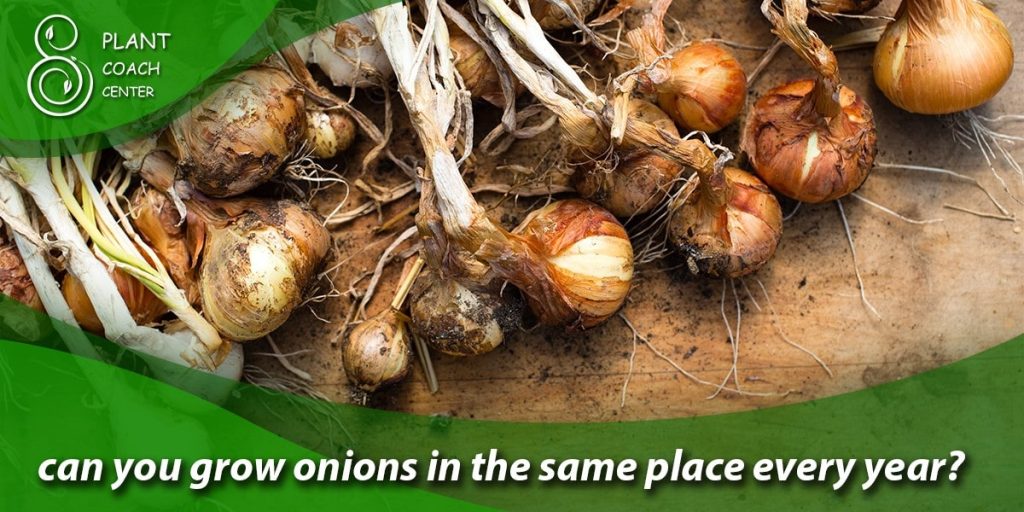
Seasonal Strategy: Understanding the Best Seasons for Onion Planting
Choosing the right season for planting onions is a pivotal decision that can significantly impact the success of your harvest. Onions are a cool-season crop, thriving when temperatures are mild and the soil is workable. The two primary seasons for planting onions are spring and fall, each offering advantages and considerations.
Spring Planting: Embracing Renewal
As winter’s frosty grip begins to loosen, spring emerges as a promising time to sow the seeds of your onion dreams. Typically, spring planting occurs 4 to 6 weeks before your area’s last expected frost date. The mild temperatures and increasing sunlight provide the perfect backdrop for onion seedlings to establish their roots and flourish. Early spring planting sets the stage for onions to enjoy a long growing season, allowing them to develop robust bulbs brimming with flavor.
However, the fickleness of spring weather should not be underestimated. Sudden temperature fluctuations or unexpected cold snaps can pose a challenge, potentially affecting the growth of young seedlings. To mitigate this, starting seeds indoors under controlled conditions and transplanting them once the risk of frost has diminished can be a prudent approach.
Fall Planting: Seizing the Cool Opportunities
As summer’s heat wanes and the first leaves blush with autumn hues, another window for onion planting opens—fall. Fall planting is particularly advantageous for gardeners in regions with mild winters, as the cooler temperatures and consistent moisture create an ideal environment for onion development. By planting onion sets or young plants in late summer to early fall, you allow them ample time to establish robust root systems before winter sets in.
Fall-planted onions have the unique advantage of overwintering in the ground, resulting in an earlier start to the growing season when spring arrives. However, carefully considering the specific variety’s recommended planting window is essential to ensure successful overwintering and eventual bulb development.
Onion Varieties and Timelines: Tailoring Planting Dates to Different Onion Types
Regarding onions, variety isn’t just the spice of life—it’s the key to a successful harvest. The wide range of onion varieties available allows you to tailor your planting dates to the specific needs of each type. Whether you’re yearning for sweet Vidalias, pungent red onions, or reliable yellow storage onions, understanding the characteristics of different onion types and their corresponding timelines is crucial.
Short-Day Onions: Embracing Early Planting
Short-day onions thrive in regions with mild winters and shorter daylight hours. When exposed to about 10 to 12 hours of daylight, these varieties typically form bulbs. They’re ideally suited for southern climates and are typically planted in the fall. By spring, they’ve had enough chilling hours to initiate bulb formation. Popular short-day varieties include Vidalia, Texas Sweet, and Walla Walla.
Intermediate-Day Onions: Finding the Middle Ground
Intermediate-day onions are versatile options that adapt well to a range of climates. They require around 12 to 14 hours of daylight to form bulbs and are often planted early to mid-spring. These varieties balance the quick maturation of short-day onions and the longer growing season needed for long-day onions. If you need help deciding which type to plant, intermediate-day onions like Candy and Valencia offer a safe bet.
Long-Day Onions: Patience Rewarded
Long-day onions need approximately 14 to 16 hours of daylight to trigger bulb formation. These varieties thrive in northern regions with extended daylight during the growing season. Long-day onions are planted in early spring, and their extended growth cycle allows them to develop larger bulbs. Long-day onions are the way to go if you’re aiming for classic pungent yellow onions or vibrant red varieties like Red Wethersfield.
Day-Neutral Onions: Breaking the Rules
Day-neutral or “intermediate-day neutral” onions are exceptions to the rule. They can form bulbs regardless of the amount of daylight they receive. This unique characteristic makes them suitable for a wide range of planting dates. While day-neutral onions may grow smaller than long-day varieties, they offer flexibility for those with unpredictable growing conditions. Varieties like Sierra Blanca and Candy Hybrid fall into this category.
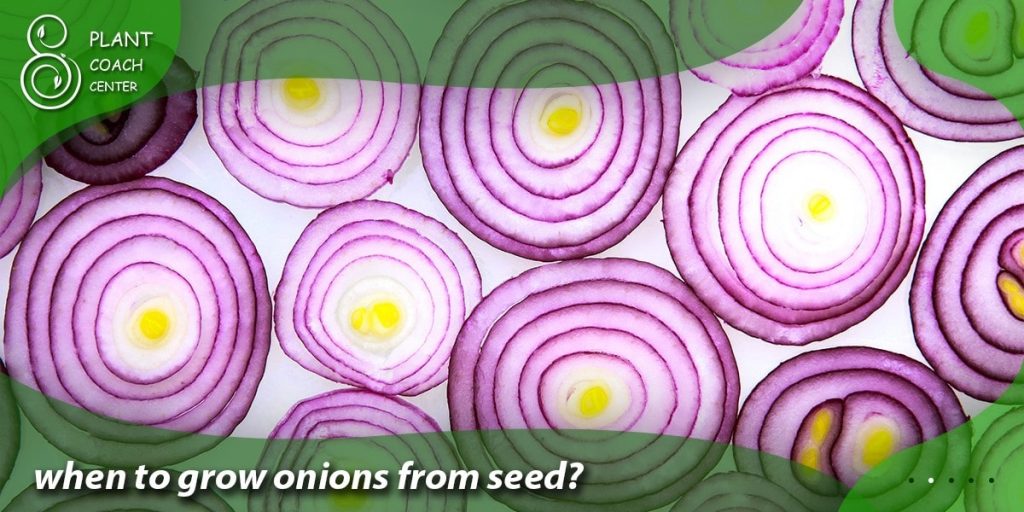
Weather Watch: How Climate Factors Influence the Ideal Planting Window
Embarking on an onion-growing venture requires more than just seeds and soil—it demands a keen awareness of the climate in your region. Climate factors are pivotal in determining the ideal planting window for your onions, influencing their growth, development, and ultimate success. Let’s delve into the critical climate considerations that should guide your decision on when to plant this versatile allium.
Temperature Tolerance: The Goldilocks Principle
Onions have their temperature preferences, and just like Goldilocks, they seek conditions that are “just right.” Both soil and air temperatures are crucial indicators. Onions are cool-season crops, so planting them when the soil temperature is between 50°F to 75°F (10°C to 24°C) is ideal. Cooler temperatures encourage healthy root development, while excessive heat can stunt growth or lead to bolting (premature flowering).
Frost Sensitivity: Avoiding Chilling Encounters
Onions are not frost-resistant; exposing them to frost can harm their growth. When planting in the spring, ensure the last expected frost date has passed before putting your onion seedlings or sets into the ground. Conversely, if planting in the fall, allow enough time for the onions to establish strong roots before the first hard frost arrives.
Daylight Hours: Unveiling Bulb Formation
The duration of daylight hours directly impacts the formation of onion bulbs. Different onion varieties require specific daylight lengths to trigger the bulb development process. It’s essential to align your planting with the natural light cycles of your region. Short-day varieties, for example, need less daylight to form bulbs, while long-day varieties require more extended exposure to daylight.
Rainfall and Moisture Management: Striking a Balance
Onions require consistent moisture throughout their growing season, but excessive moisture can lead to disease issues. While rainfall is beyond our control, understanding your region’s typical rainfall patterns can help you plan for supplemental watering or drainage adjustments. Adequate moisture and proper soil drainage ensure that your onions receive the hydration they need without drowning their roots.
Microclimates: Know Your Garden’s Personality
Gardens often have microclimates—small pockets with unique temperature and moisture characteristics. Consider the microclimates in your garden when deciding where to plant your onions. Areas near buildings or walls might retain heat, while low-lying spots could be more remarkable due to cold air drainage. Observing these nuances can help you choose the best planting spots to optimize your onion crop’s performance.
Soil and Temperature Synergy: Creating Optimal Conditions for Onion Germination
The journey of growing onions begins below the surface, in the intricate dance between soil and temperature. Achieving the perfect balance between these elements is essential for successful onion germination. From preparing your soil to monitoring temperature fluctuations, here’s how to set the stage for your onion seeds to sprout and thrive.
Soil Selection and Preparation: Laying the Foundation
Onions thrive in loose, well-draining soil with good fertility. Work in ample compost to improve soil structure and provide essential nutrients as you prepare your garden bed. A pH level between 6.0 and 7.0 is ideal for onion growth. Avoid heavy or compacted soil, which can impede root development and germination.
Soil Temperature: The Germination Trigger
Soil temperature acts as a trigger for onion seed germination. For optimal results, aim for a soil temperature of around 50°F to 75°F (10°C to 24°C) at the depth where you’ll be planting the seeds. Cooler temperatures can slow germination, while warmer temperatures lead to erratic or unsuccessful sprouting.
Germination Timeframe: Patience is a Virtue
Onion seeds are patient beings, taking their time to germinate. Depending on the temperature and conditions, onion seeds can take 7 to 14 days to emerge from the soil. Providing consistent moisture during this period is essential, as dry conditions can delay or inhibit germination.
Starting Indoors vs. Direct Sowing: A Choice to Make
You have two main options for starting onions: indoor seed starting or direct sowing. Indoor starting allows you to control temperature and moisture levels, giving your seeds a head start before transplanting. However, direct sowing into well-prepared soil can also yield excellent results. Just be sure to monitor soil temperature and provide adequate moisture.
Mulching for Temperature Regulation: A Protective Blanket
Mulching your onion beds serves multiple purposes, including temperature regulation. A layer of organic mulch helps insulate the soil, keeping it more relaxed in warmer months and warmer in cooler months. This temperature stability encourages consistent growth and reduces stress on emerging onion seedlings.
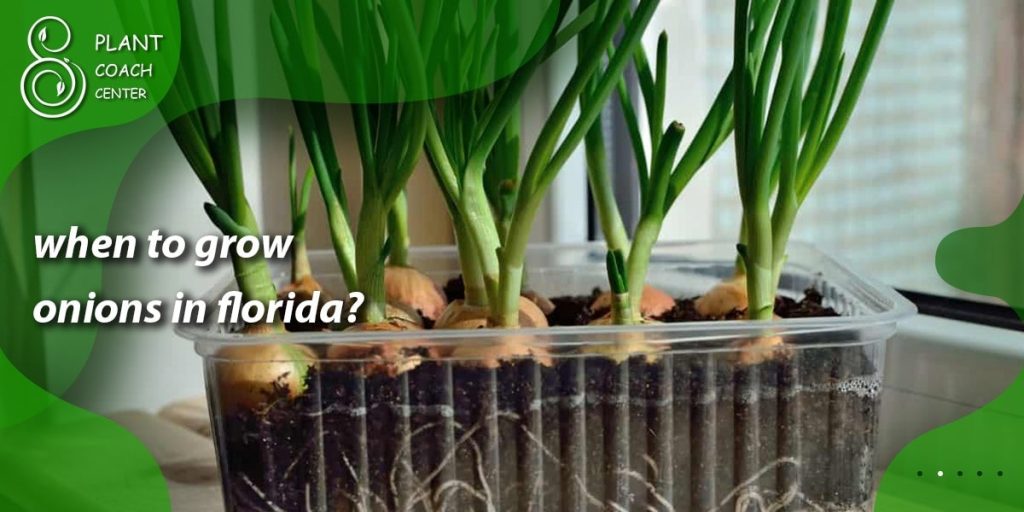
Reading the Signs: Identifying Visual Cues and Soil Readiness for Planting Onions
Nature has a language of its own, and when it comes to planting onions, learning to read the signs it provides can significantly enhance your gardening prowess. By observing visual cues and assessing soil readiness, you can make informed decisions about the perfect time to plant your onion seeds or sets. Let’s dive into the art of deciphering nature’s messages.
Visual Cues: Nature’s Whispers
Perennials Awakening: Keep an eye on perennial plants in your garden. When you notice their tender shoots emerging from the soil, it’s often a reliable sign that the ground is warming up and becoming conducive for onion planting.
Spring Blossoms: The blooming of certain spring flowers, like forsythia or crocuses, coincides with soil temperature changes. As these blossoms make their appearance, it’s an indicator that the soil is gradually warming.
Budding Trees: The swelling of tree buds is another indicator of the changing season. As trees prepare to burst into leaf, the soil temperature beneath them usually rises, signaling a favorable environment for onion germination.
Soil Readiness: A Touch and Feel Approach
Crumbly Texture: When you dig into the soil, it should have a crumbly texture. If it’s too wet and sticky, it’s not ready for planting. Wait until the soil crumbles easily between your fingers.
Workability: If the soil forms a solid clump when squeezed, it’s too wet to plant. On the other hand, if it crumbles immediately when you let go, it’s likely at the correct moisture level for planting.
Drainage Test: Dig a small hole about 6 inches (15 cm) deep and fill it with water. Your soil has good drainage if the water drains within a few hours. If it takes longer, you should improve drainage before planting.
Combining Visual and Tactile Observations
By combining visual cues with tactile assessments, you can judge your soil’s readiness for planting onions. These methods provide valuable insights into the temperature and moisture conditions beneath the surface, ensuring that your onion seeds or sets have the best possible start.

Indoor vs. Outdoor Start: Exploring the Pros and Cons of Seed Starting Techniques
When starting your onion-growing journey, you have two main avenues: indoor seed starting and direct outdoor sowing. Each approach has its own set of advantages and considerations. Let’s delve into the pros and cons of both techniques to help you make an informed decision based on your gardening goals and resources.
Indoor Seed Starting: Nurturing from the Inside Ou
Pros:
Extended Growing Season: By starting seeds indoors, you can get a head start on the growing season. This is especially advantageous for regions with short growing seasons or unpredictable weather.
Controlled Environment: Indoor seed starting allows you to create an optimal environment for germination. You can regulate temperature, humidity, and light to ensure the best conditions for your onion seeds.
Protection from Pests: Seedlings started indoors are less susceptible to outdoor pests and diseases, giving them a more robust foundation before they face the challenges of the garden.
Cons:
Transplant Shock: Transplanting seedlings from indoor containers to the outdoor garden can lead to transplant shock. It’s essential to harden off your seedlings by gradually exposing them to outdoor conditions before planting.
Time and Space: Indoor seed starting requires additional time, space, and equipment. You’ll need pots, trays, grow lights, and a dedicated indoor area for your seedlings.
Higher Costs: Setting up an indoor seed starting setup can incur equipment, soil, and seed starting mix costs.
Direct Outdoor Sowing: Embracing Nature’s Rhythms
Pros:
Simplicity: Direct sowing simplifies the process. You plant your seeds directly in the garden bed, eliminating the need for indoor setups and transplanting.
Natural Adaptation: Seeds sown directly in the soil are more likely to adapt well to their outdoor environment from the start. They don’t experience the shock of transplanting.
Less Maintenance: Once your seeds are sown, they’re left to germinate and grow naturally. There’s no need for indoor monitoring, watering, or hardening off.
Cons:
Weather Dependency: Direct sowing exposes your seeds to the whims of weather. Unpredictable conditions can affect germination rates and early growth.
Slower Start: Seeds sown directly might take longer to germinate and establish, potentially delaying the time until you can harvest mature onions.
Pest Vulnerability: Young seedlings are more susceptible to pests and diseases when sown directly in the garden. Protection measures might be necessary.
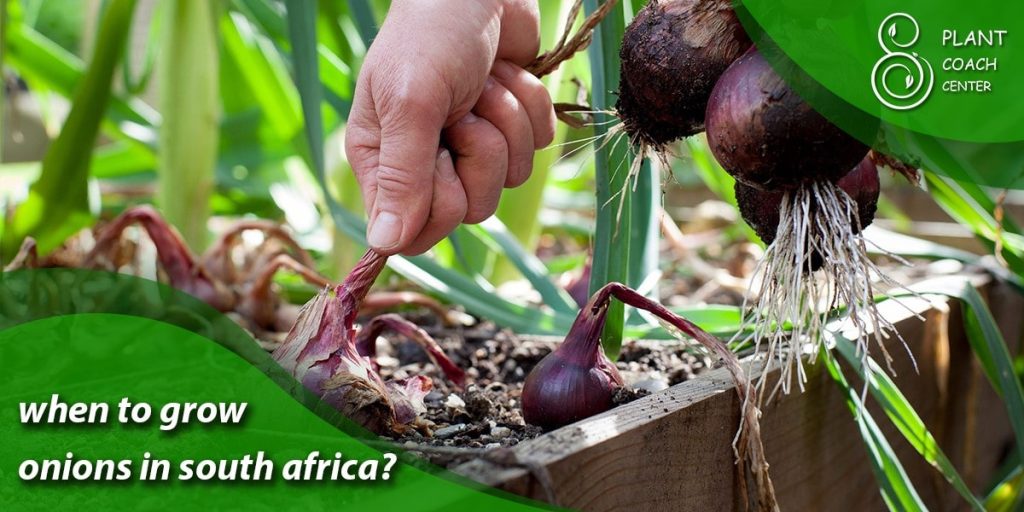
Conclusion
In the intricate realm of onion cultivation, timing is not just a matter of science; it’s an art that harmonizes nature’s rhythms with your gardening aspirations. As you embark on your onion-growing journey, armed with insights into seasonal strategies, seed-starting techniques, and the language of soil and weather, you’re poised to create a flourishing onion haven.
Whether you choose the early magic of spring, the crisp embrace of fall, or venture into succession planting and late-season growth, your dedication to understanding the nuances of onion cultivation sets you on a path to culinary excellence.
Remember, your garden is a canvas; each onion you nurture is a brushstroke, painting a vibrant tapestry of flavors and textures. So, let plantcouchcenter.com be your guiding light as you cultivate not just onions but a deep connection to the natural world and the rewarding journey of growing your own food.
When should I plant onions?
Spring and fall are ideal seasons for onion planting.
What's the best soil temperature for onion germination?
Aim for 50°F to 75°F (10°C to 24°C) for optimal germination.
Can I start onions indoors?
Indoor seed starting offers a head start on the growing season.


